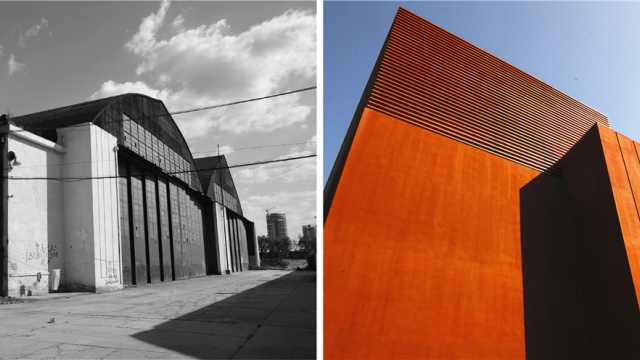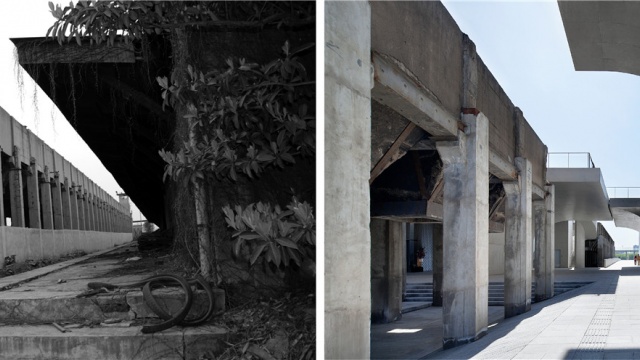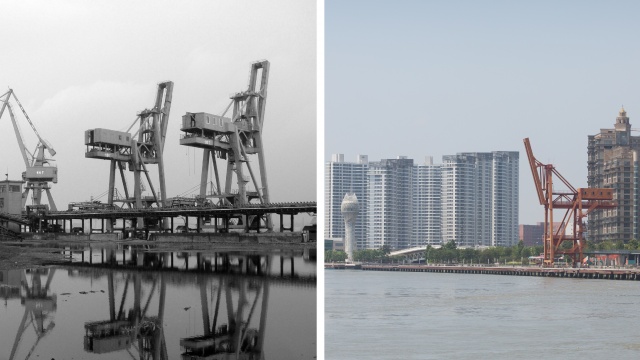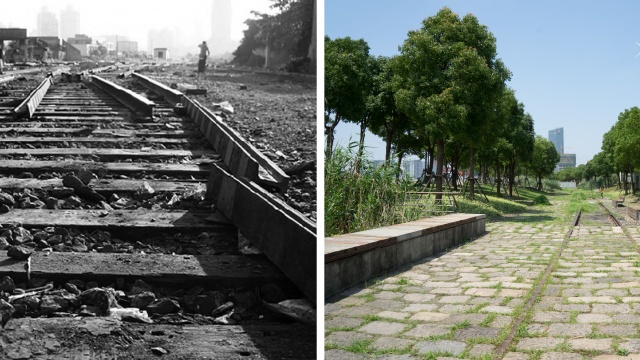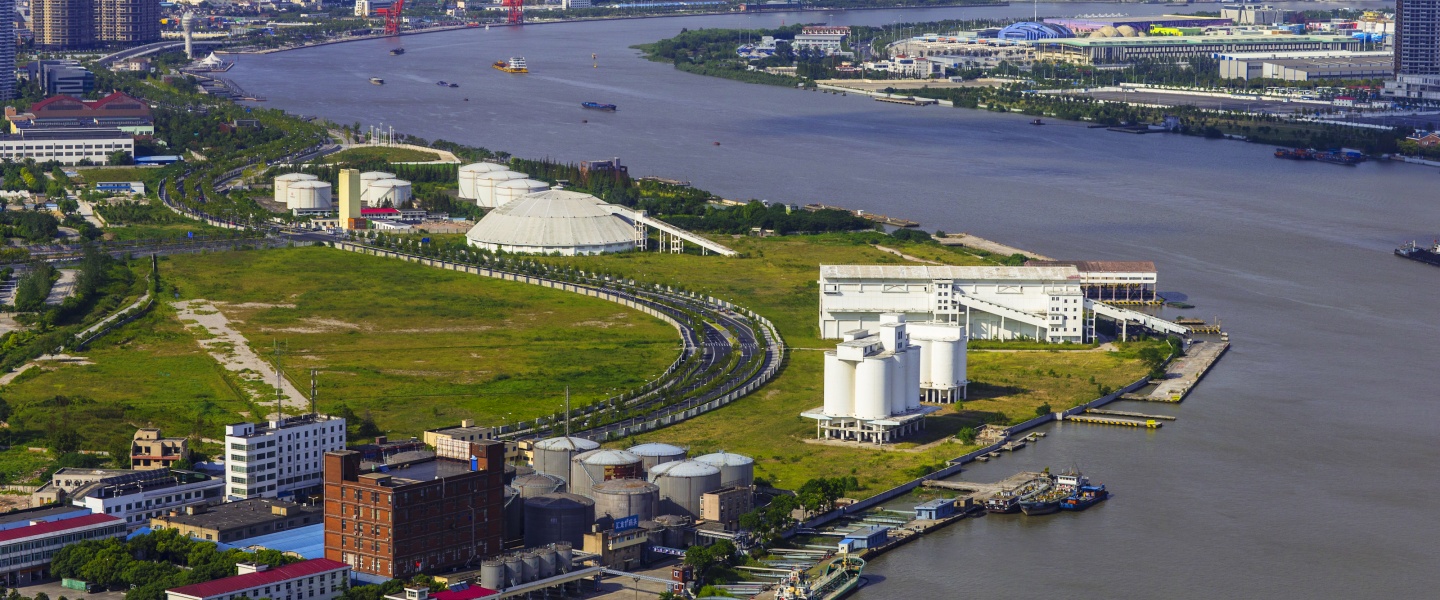
West Bund History
West Bund is located in the Xuhui District, which has been a center of transportation, logistics, and production in China for over 100 years. The region sits on the bank of the Huangpu River and is characterized by vast open spaces and numerous water channels that have allowed such industrial centers and national enterprises as the Longhua Airport, Shanghai Nanpu Railway Station, Beipiao Coal Wharf, and Shanghai Cement Factory, just to name a few, to flourish.

- Shanghai Nanpu Railway Station (1907-2009) was constructed in the 33rd year of Emperor Guanxu's reign of the Qing Dynasty, and served as one of only three stations for water-land transportation in the country. After the Mukden Incident, the station was renamed Rihui Port Station and was utilized for passenger transport instead of freight. Later, during the Battle of Songhu, the station resumed its previous role and managed to transport both passengers and freight. In the 1950s, the station was again renamed as Shanghai South Railway Station. In the 1980s the station was rebuilt with an attached wharf, becoming the only station on the Shanghai railway system to have a wharf component at the time.
- The site of the Longhua Airport (1917-2008) was first used as a riverside training ground for the Beiyang Army under the Republic of China beginning in 1915. An airfield was constructed alongside the training ground and barracks, eventually developing into a large-scale airport in 1917. The birthplace of Chinese civil aviation, it became the first large-scale airport in China and the longest-servicing airport in the world. In 1922, it was known as "Longhua Aviation Harbor" and served as the headquarters of Air China and the Eurasia Aviation Corporation. In the 1940s, Longhua Airport was the largest international airport in East Asia, and in 1949 it was from this airport that Ms. Song Meiling, wife of the ROC leader Chiang Kai-shek, fled the mainland. In 1952, Longhua Airport once again rose to historical significance, serving as the site for the Shanghai Military Commission's Civil Aviation Administration station.
- The Shanghai Cement Factory (1920-2009) was founded by Mr. Liu Hong, an industrial tycoon in pre-Liberation China. The first manufacturer of wet-processed cement in the country, it had a complete production line and was one of China's most modern, large-scale enterprises. The Shanghai Customs Building, and several international hotels of the time, were constructed using cement produced by the Shanghai Cement Factory.
-
Beipiao Coal Wharf (1929-2009) was the energy center for Eastern China after Liberation.
-
"White Cat" washing products produced by Shanghai Synthetic Factory (1948-2009) were a household necessity for generations.
-
The Shanghai Aircraft Factory (1950-2009) was the birthplace of the first large-scale, jet-propelled passenger plane to be independently developed and manufactured by China.
In 2010, Shanghai began implementation of the "Comprehensive Development Plan for Both Sides of the Huangpu River," which included the Shanghai World Expo site. At the same time, the Xuhui waterfront was designated as one of the six key functional areas to be developed as part of Shanghai's "12th Five-year Plan."
The designers of the Xuhui waterfront drew inspiration from the Port of Hamburg in Germany and Canary Wharf in the UK to create "Corniche Shanghai." Careful consideration was given to the preservation of historical relics as old industrial installations were removed and public space was developed.
The 9th Party Congress of the Xuhui District held at the end of 2011 called for the creation of a "West Bund Culture Corridor." Since then, Shanghai West Bund has been officially used as the new name for the Xuhui waterfront area.
